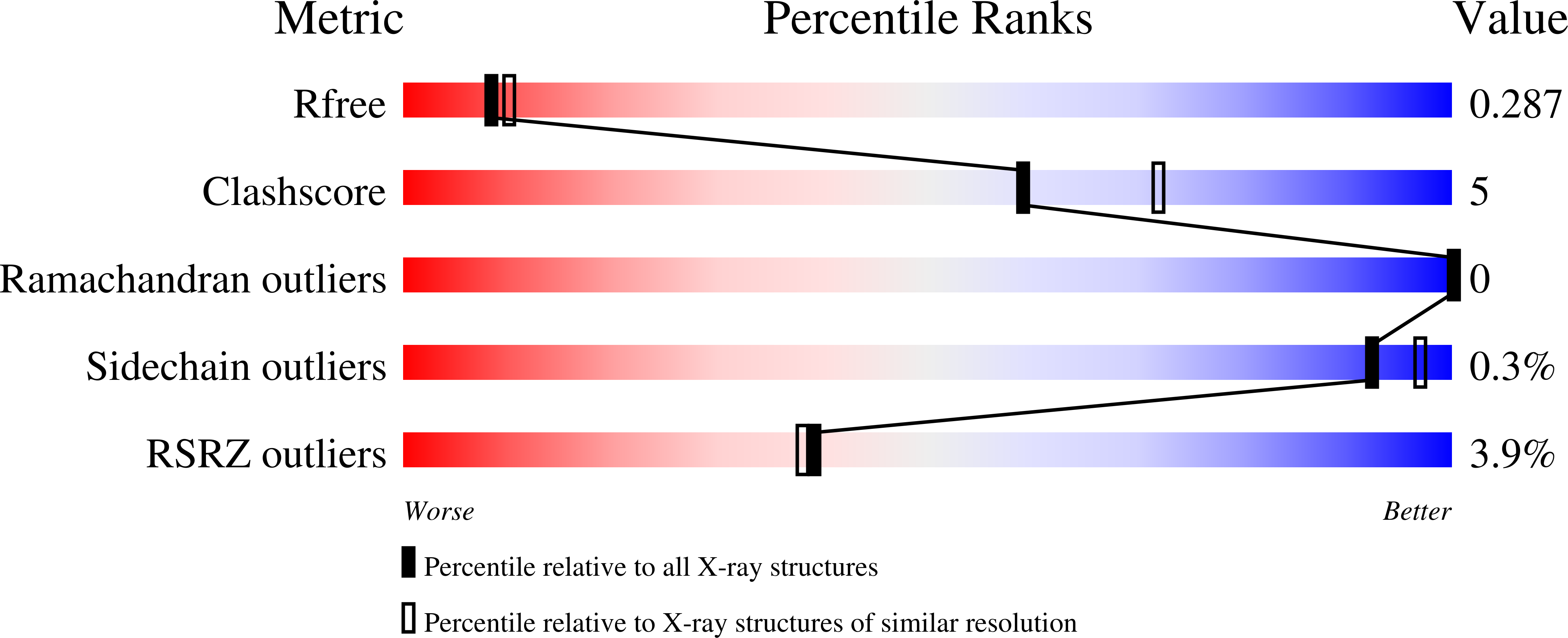
Deposition Date
2020-06-27
Release Date
2021-07-14
Last Version Date
2024-11-13
Entry Detail
PDB ID:
6XKS
Keywords:
Title:
Crystal structure of domain A from the periplasmic Lysine-, Arginine-, Ornithine-binding protein (LAO) of Salmonella typhimurium
Biological Source:
Source Organism:
Salmonella typhimurium (Taxon ID: 90371)
Host Organism:
Method Details:
Experimental Method:
Resolution:
2.40 Å
R-Value Free:
0.28
R-Value Work:
0.23
R-Value Observed:
0.23
Space Group:
P 21 21 21


